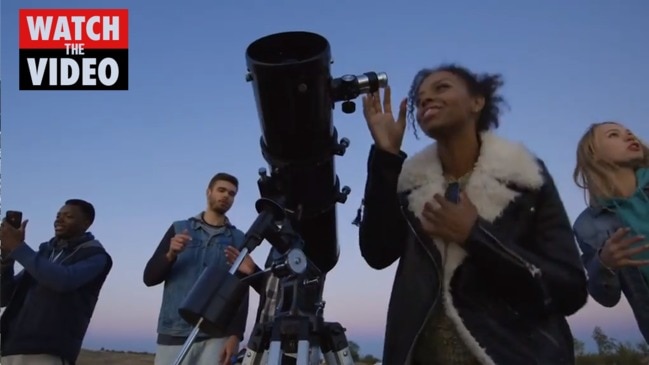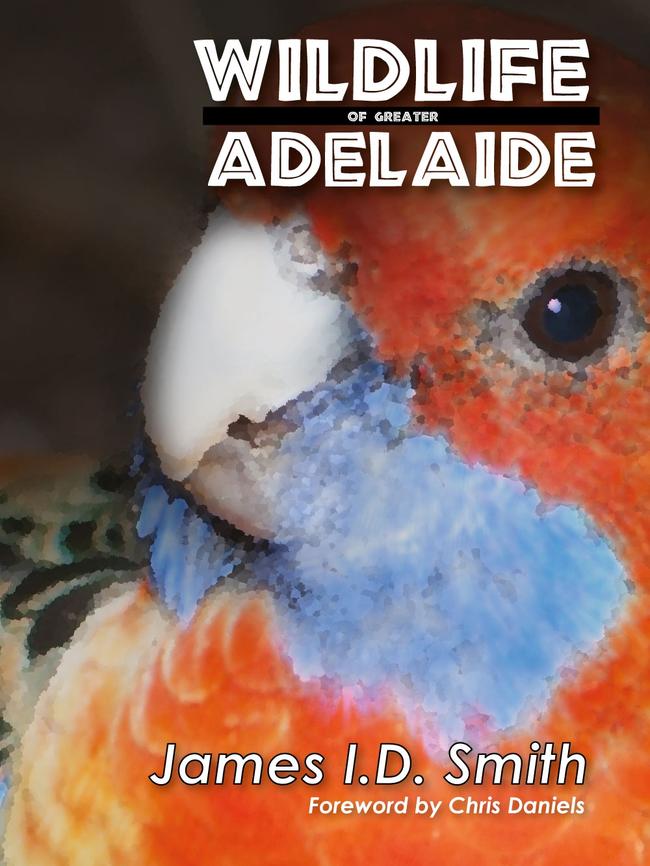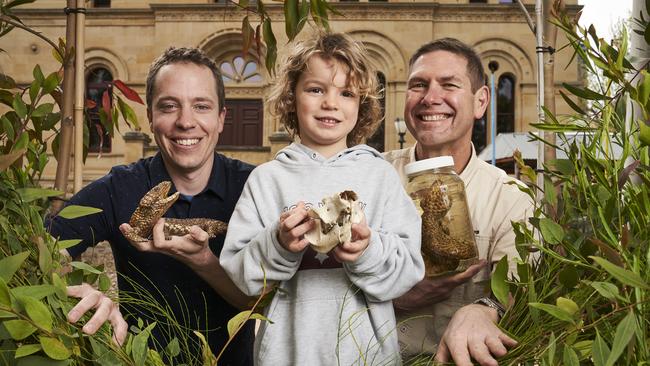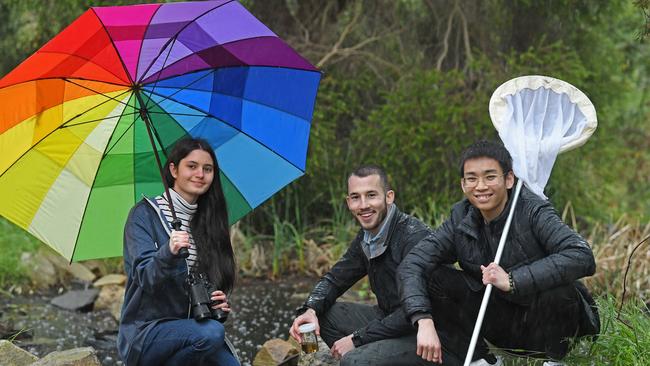Wildlife of Greater Adelaide guidebook brought to life for SA’s 10-day Nature Festival
We think it’s time the popular guide to the Wildlife of Greater Adelaide went digital. See our interactive here.

SA News
Don't miss out on the headlines from SA News. Followed categories will be added to My News.
It’s been five years since the popular illustrated guide to the Wildlife of Greater Adelaide was published and now that it’s out of print, it’s becoming increasingly difficult to find.
As part of the Green Zone campaign, a joint initiative of The Advertiser, Green Adelaide, the University of Adelaide and the Australian Science Media Centre, we wanted to bring the beautiful guidebook into the digital age.
Below is a small taste of what could be achieved, a special interactive. Just click on an image to find out more about the creature including its habitat and distribution.
James Smith, author of “Wildlife of Greater Adelaide” said the book was almost a decade in the making. It was exhausting, but it was a great achievement and he’s willing to explore a digital version, even an app, if there was funding available.
“I just love connecting people with nature, with wildlife,” Mr Smith said. “It’s about being able to make a difference.”
While Mr Smith’s popular 2016 book is officially “out of print” and no longer available from the Axiom Publishers in Stepney, there may be a few copies still on sale in bookstores such as the SA Museum Shop (RRP $69.95).

Urban ecologist Professor Chris Daniels, chairman of Green Adelaide, said the book was “a must have for all families keen on exploring the wildlife in their backyards”.
“It is a marvellous achievement much loved by the environmental community, amateur and professional,” he said.
During the Nature Festival 2021, curious collectors of all ages were invited to drop into the Discovery Desk on the front lawns of the SA Museum for expert advice and guidance.
Anyone could bring in photographs, insect specimens or found objects such as feathers and bones for identification, or just call in for a chat.

Take a walk on the wild side, find your inner adventurer and get wrapped up in the web of life during the 10-day Nature Festival, which runs until October 4.
There’s plenty of family-friendly fun to be had during these spring school holidays.
BEST OF THE FEST FOR FAMILIES
Nature Festival Hub
Visit the home of the Nature Festival for booking advice and a fun-filled program of events.
SA Museum front lawns
Daily until October 3, 10am to 4pm.
Cost: Free
VR Experience – Marine Life of the Great Southern Reef
Swim with sharks and seadragons, experience the marine life of the great southern reef without getting cold or wet
Cove Civic Centre
Friday, October 1, 10:30am to 4:30pm
Cost: Free
Explore the Adelaide Dolphin Sanctuary in a 90-minute tour.
Garden Island
Daily (except Mondays) until October 3
Cost: from $35
Led by Kaurna artists, learn about the traditional uses of ochre in Aboriginal culture.
Warriparinga Wetlands
Saturday October 2.
Cost $15
Time for Kids Camp Out Fundraiser
Camp Out during the October long weekend to raise money for SA kids
Anywhere
Saturday October 2 to Monday October 4
Free
Discover the small creatures that live in the water of a wetland, using a portable microscope and magnifying glass.
Lake Battye, Robe
Friday, October 1, 10:30am to 12pm
Cost: $10
Mountain Biking Skills Sessions for Kids
Grow your kid’s skills before they head out on the trails.
Glenthorne National Park
Friday 1 October
Cost: $20
Visit naturefestival.org.au to book or search for more events.

ON THE HUNT
On Sunday September 26, scientists invited families and friends to join them on a Wildlife Treasure Hunt in Belair National Park as part of the Nature Festival, during Biodiversity Month.
Leading the hunt is ecologist Seamus Doherty, co-founder and vice president of Ferox australis, which is Latin for “wild of the south”.
The not-for-profit organisation exists to educate and engage the public in the natural world, using the tools of citizen science.
“We believe that increasing awareness among the community is the first step in protecting our environment,” Mr Doherty said.
Participants were asked to find as many species as they could within the allocated time, using the iNaturalist app to record observations. (Download the iNaturalist app for Android or IOS.)
Some creatures were “quite easy” to find, such as a magpie, koala, or native orchid, while others were more challenging, such as the echidna, and worth more points in the contest.
The organisers were available to assist where needed.





